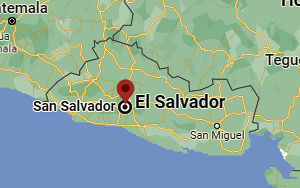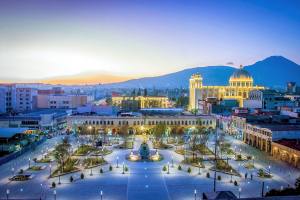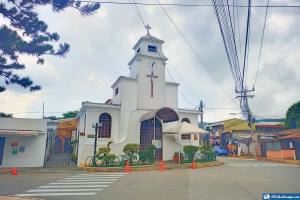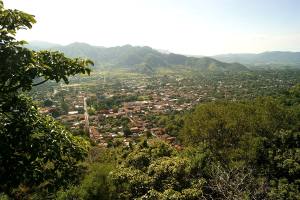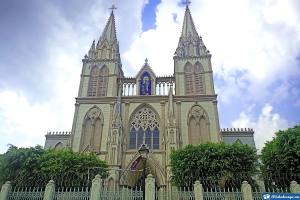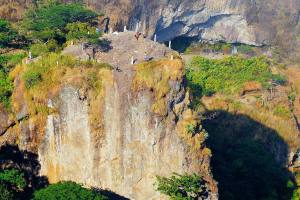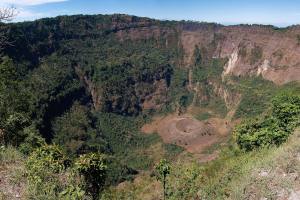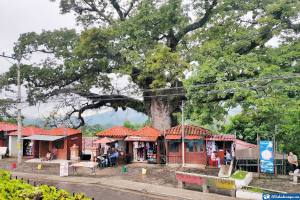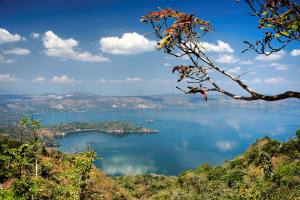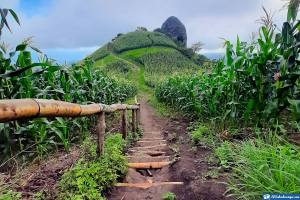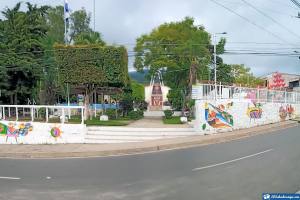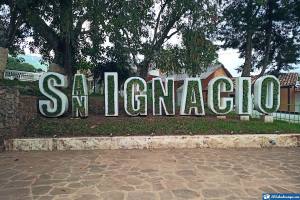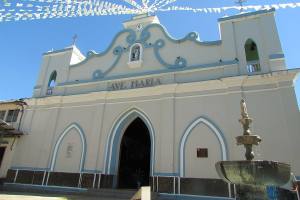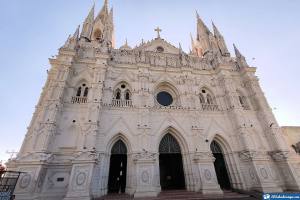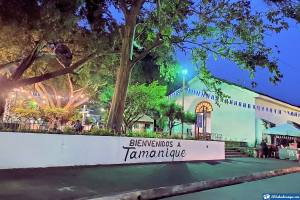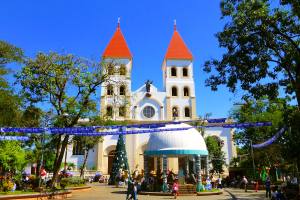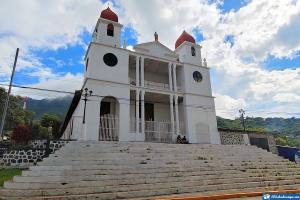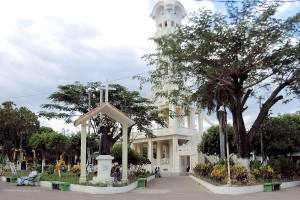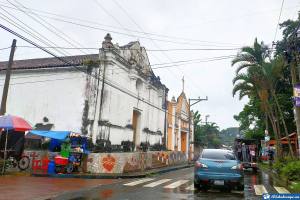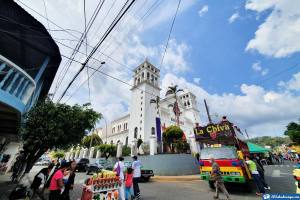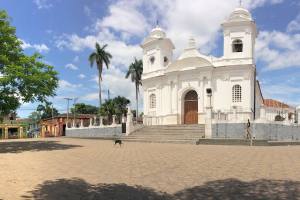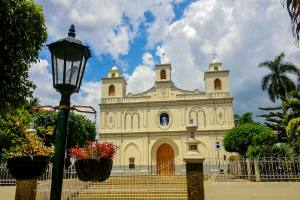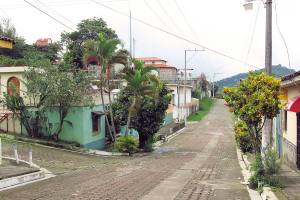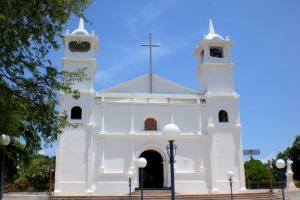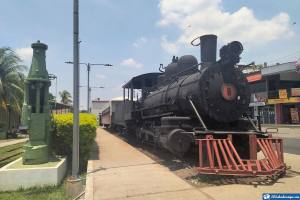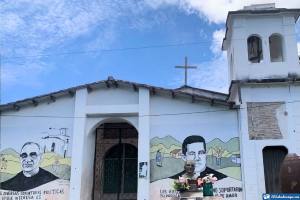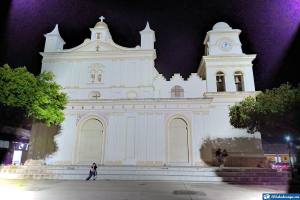In this opportunity, we invite you to take a trip to San Salvador, located in the department of the same name in the central part of the country and is the capital of the small Central American republic of El Salvador.
The largest city in the country, just 30 minutes from its International Airport, offers old spaces coexisting with modern shopping malls, where public authorities and industries have their headquarters, with options for both leisure and enjoyment of life in nature.
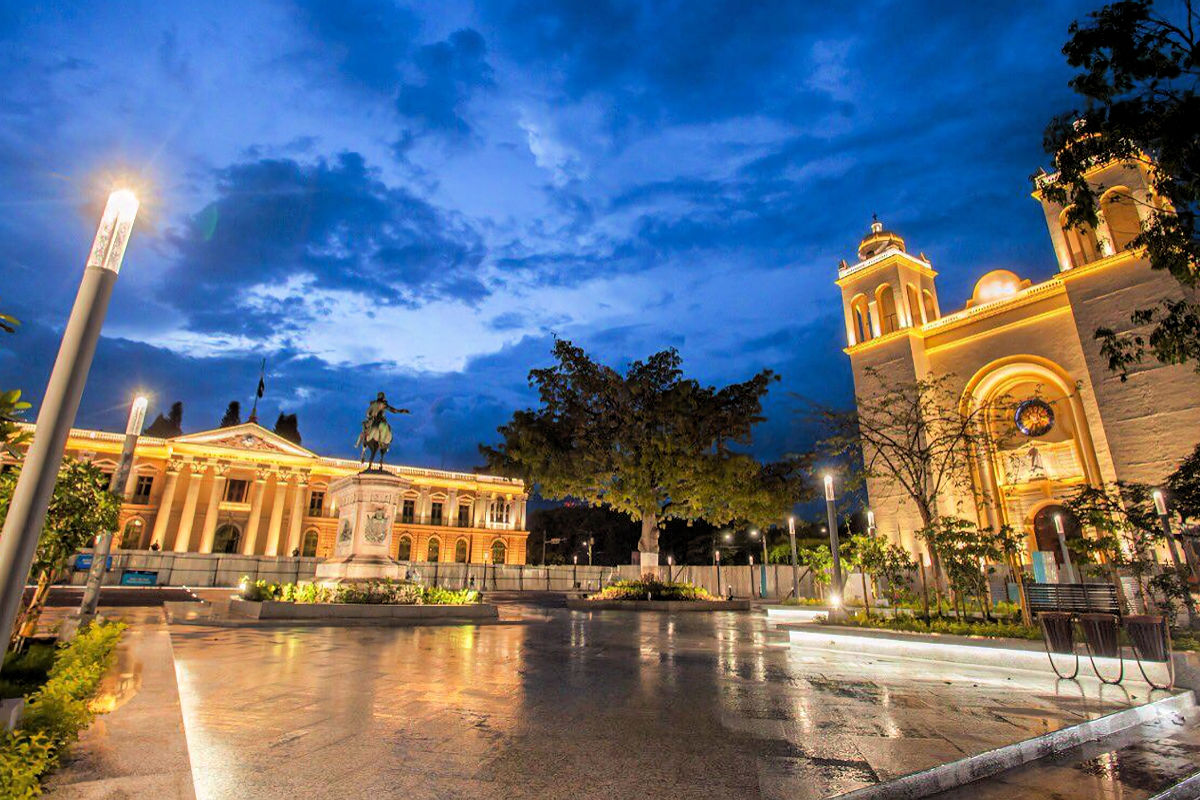
SAN SALVADOR - Beautiful villages of El Salvador. Photo by Idea SV. Wikimedia Commons.
It is worthwhile to visit this populous city and discover, in the almost 72 km² of its territory, every exciting place that allows us to see it.
San Salvador Data
| Country: | El Salvador |
|---|---|
| Department: | San Salvador |
| Category: | Villages |
| Elevation: | 658 meters |
| Surface: | 72,25km² |
| Population: | 238.244 |
What to see and visit in San Salvador
This modern town combines the bold with the traditional, the concrete with the green nature giving the visitor ample spaces to enjoy.
But let’s go to the old town, where the most important buildings of the town are located, and there are plenty of places, so we mention some of the most outstanding ones.
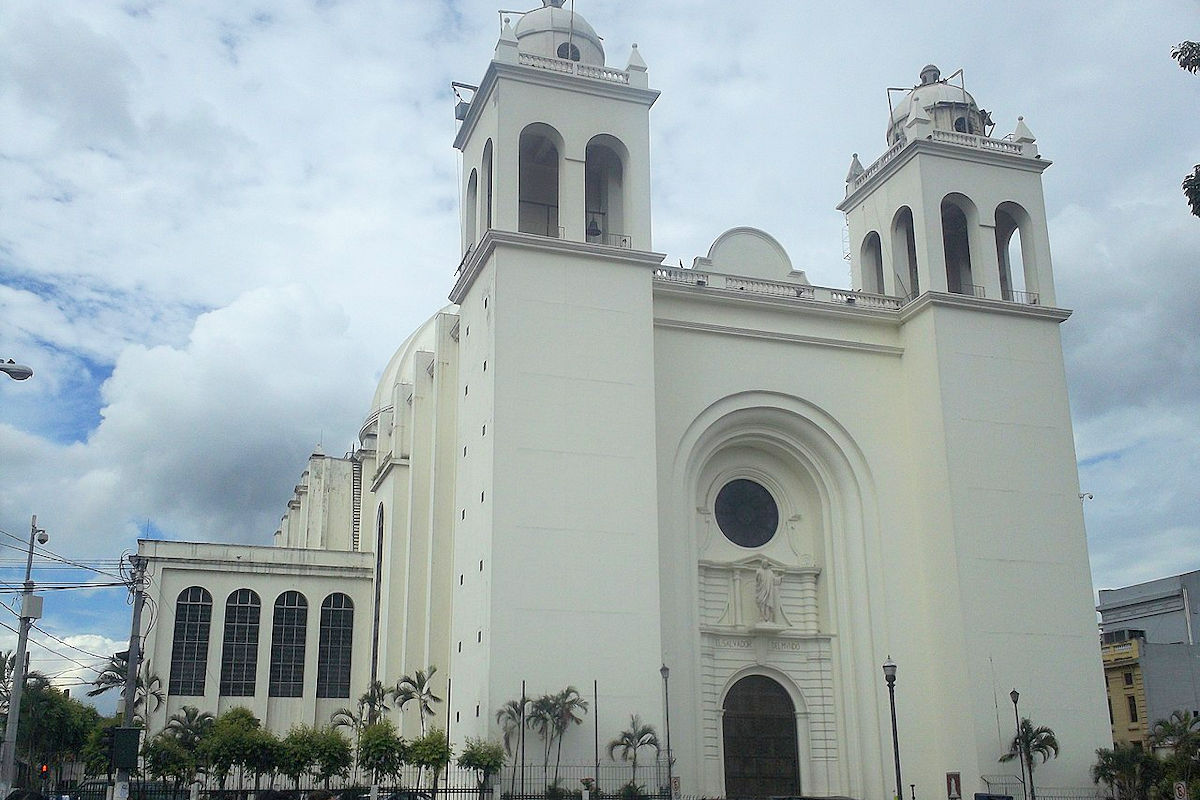
The first place you should visit is the Metropolitan Cathedral, which stands on the ruins of another temple that succumbed to fire in 1951. In 1956 the reconstruction began, and it was finally consecrated in 1999, almost four decades later.
There is a multicolored mosaic on the facade, and in its crypt is the tomb of Monsignor Oscar Romero, including that of other Catholic Bishops and Archbishops.
In front is the Plaza Gerardo Rivas, and we will also see the National Palace, a beautiful building where is the General Archive of the Nation.
A few steps away is Libertad Park, the city’s main square that has accompanied us since colonial times. The Monumento a Los Próceres is where the “Angel de la Libertad” stands out at the top.
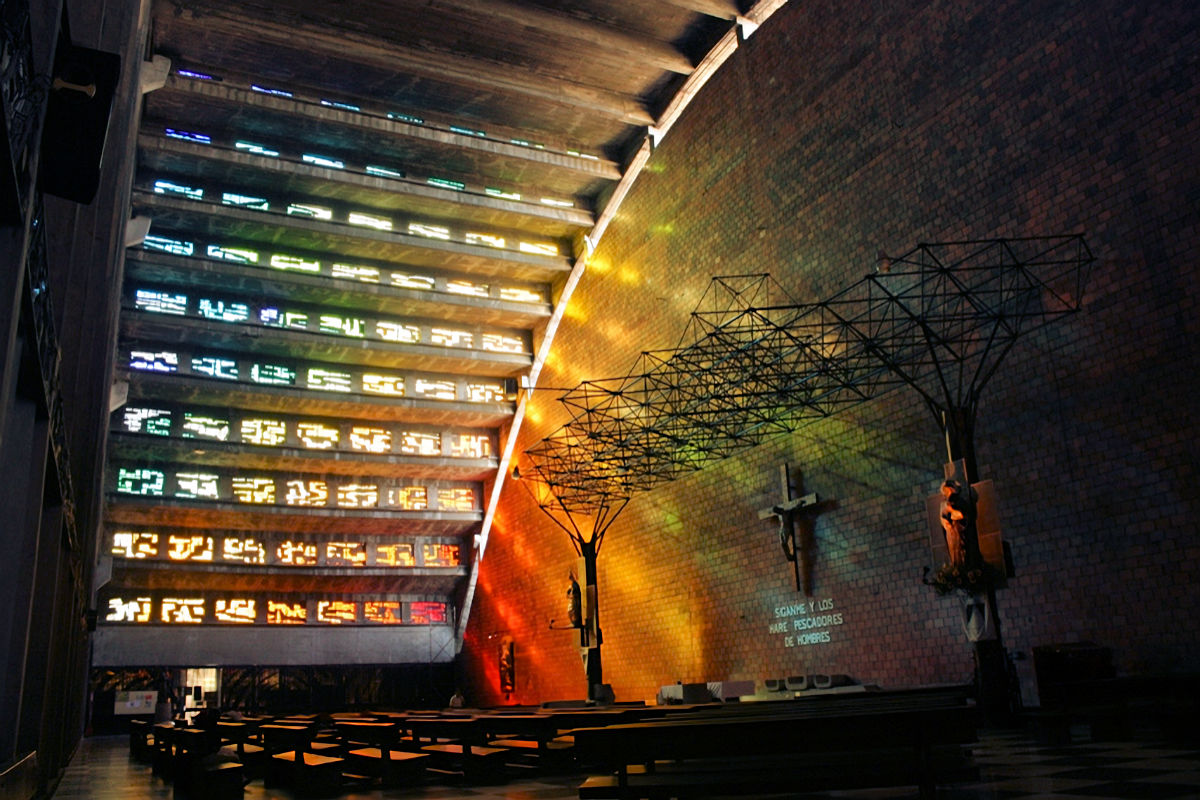
In front of the Church of the Rosary, modern architecture surprises us with the great colors that reflect inside the stained glass windows that filter the sunlight.
We continue walking until we reach the Rotonda Divino Salvador del Mundo, a national symbol for Salvadorans, where homage is paid to the country’s patron saint.
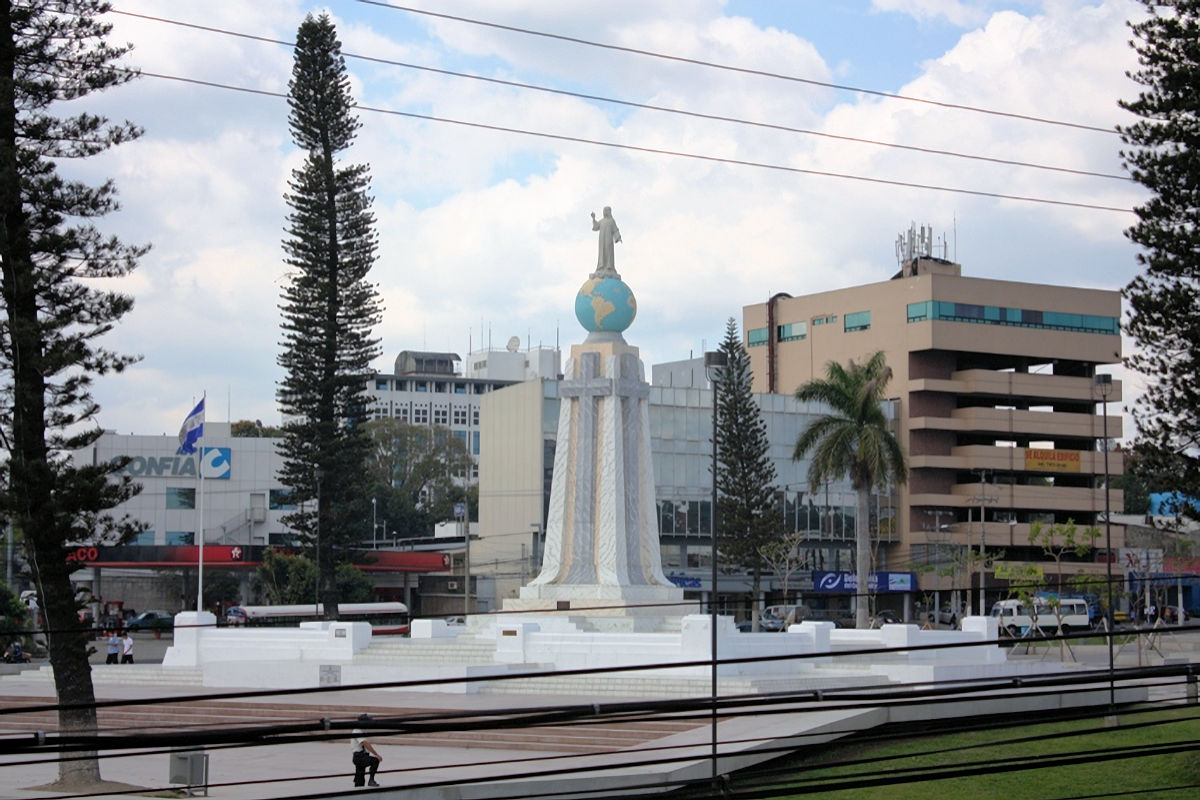
Other very touristic places are the Casa de las Academias, which curiously worked as a private residence of the Dueñas Palomo family; in the National Theater, with its more than 100 years of antiquity, it stands out for the beauty of its facades and with a highly showy interior.
Nearby places to visit
Apart from the various places to see in the city of San Salvador, on the outskirts, about 20 minutes away, we have the El Boquerón National Park, a wonderful outdoor space located in the crater of a volcano.
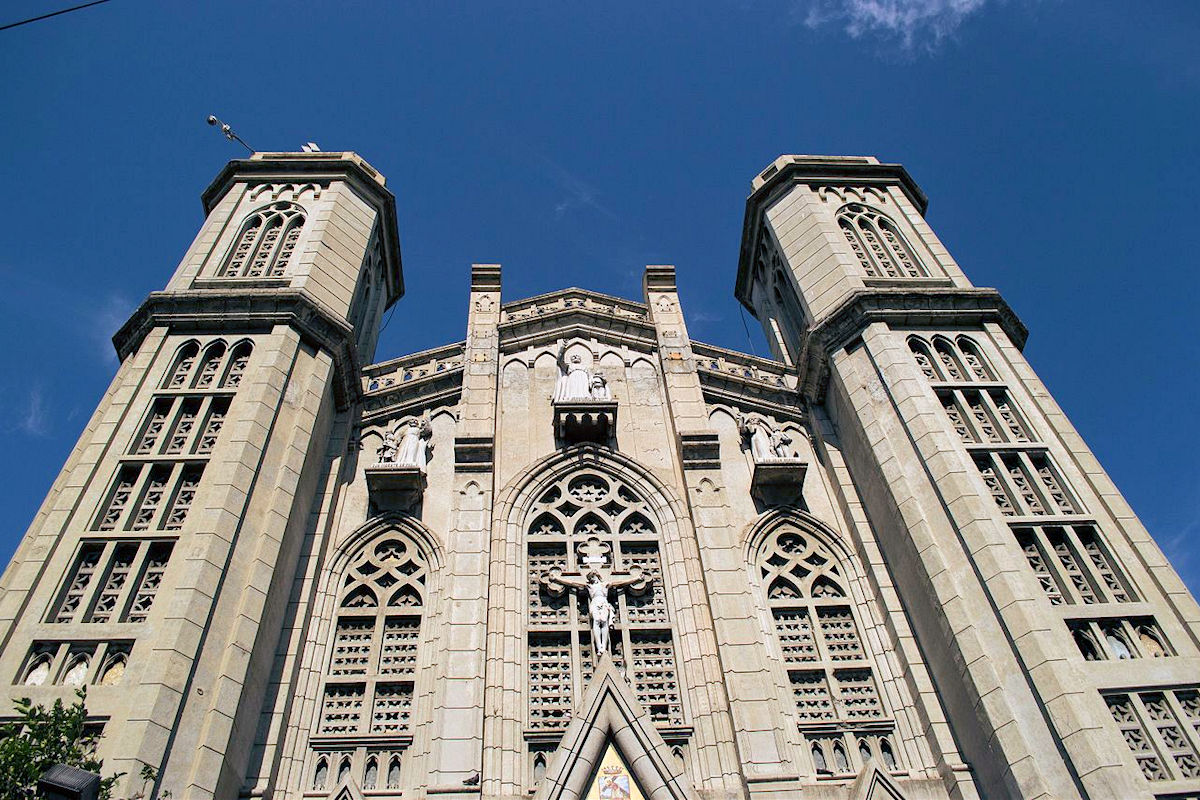
Similarly, Coatepeque Lake offers extraordinary views of the lagoon formed after a volcanic eruption. You can go sailing, swimming or diving, just 50 kilometers from the capital.
La Puerta del Diablo is an iconic place 13 kilometers from San Salvador, with a fascinating legend. There you can practice rappeling and hiking. And half an hour from the historic center, you will reach the Joya de Cerén, the most significant archaeological site in the town.
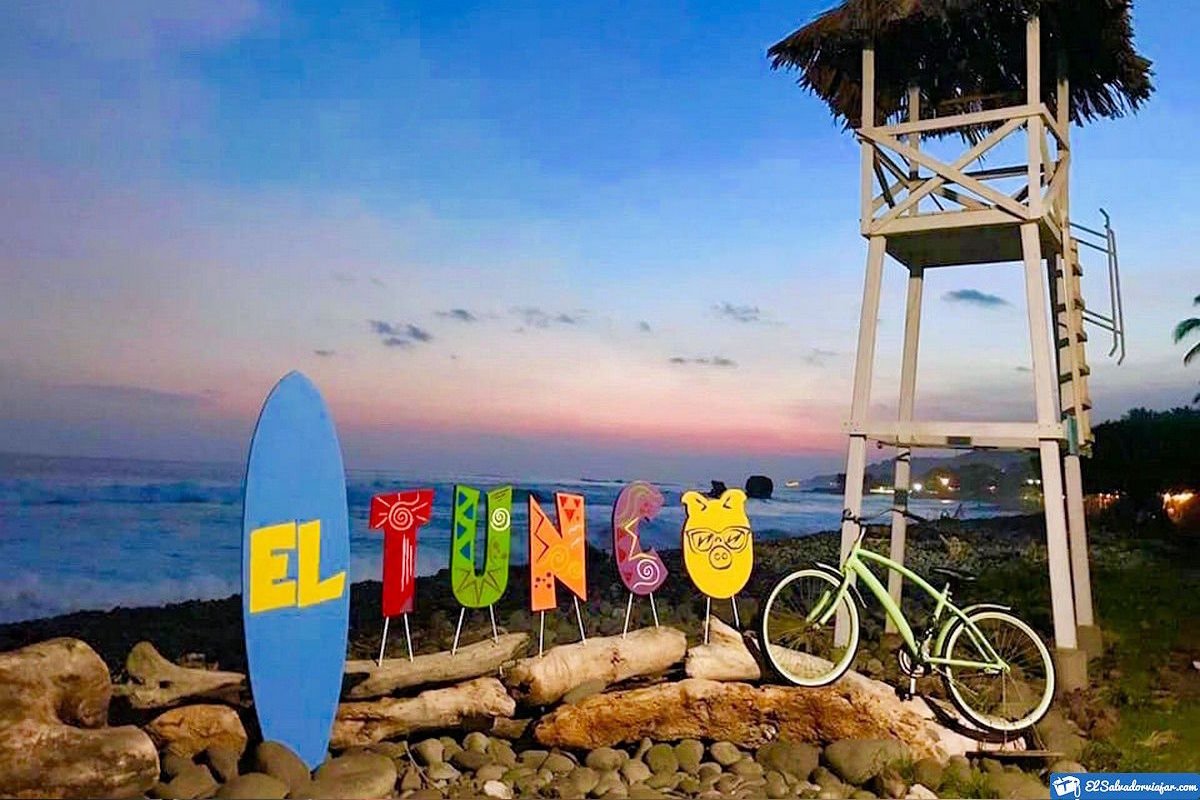
If you prefer to lie in a hammock and enjoy the sea, you can go to the beaches of La Libertad, just 40 kilometers from the Salvadoran capital. You can enjoy beaches such as:
San Salvador’s Patron Saint Festivities and Gastronomy
The Catholic devotion of the residents of San Salvador is expressed in its Patron Saint Festivities when they take to the streets to pay homage to the Divine Savior of the World; they are also called August festivities since they take place during August.
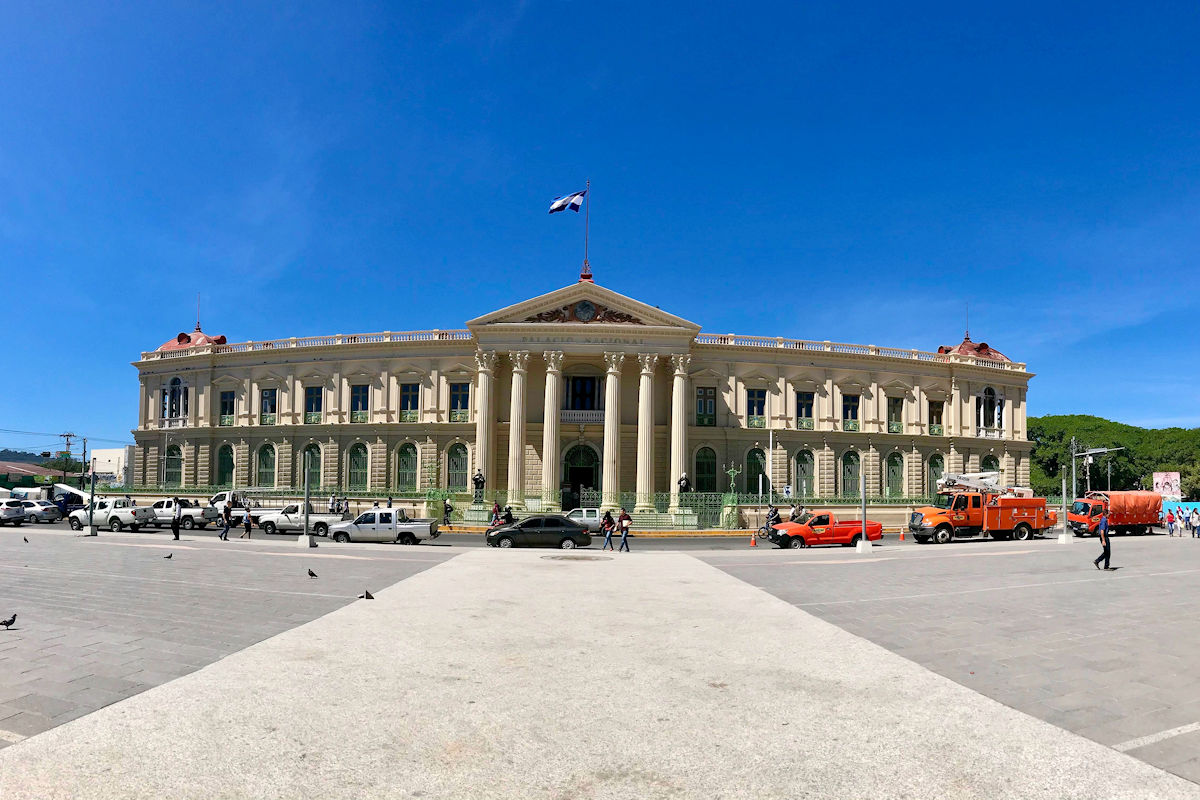
Masses, processions, and multiple activities take place during these days. As it is a tradition in most Salvadoran towns, it includes the main parade, when an emissary delivers a parchment to the Mayor. The latter, after reading it, announces the beginning of the celebrations, along with some adorable characters called the old men of August.
Throughout the year, the sansalvadoreños enjoy their typical dishes, which characterize the regional cuisine. The pupusas filled with different contents, such as beans, cheese, or chicken, are a must.
Tamales are delicious when filled with chicken or pork; soups are a must at lunch, and fried or salcochada yucca.
Remember that antojitos are eaten as a snack at 4 pm, along with coffee or chocolate.
History and Characteristics of San Salvador
Since the beginning of time, San Salvador was populated by the Lencas and the Pipiles; by 1455, it is knowing that the Spaniards set foot on Salvadoran lands for the first time.
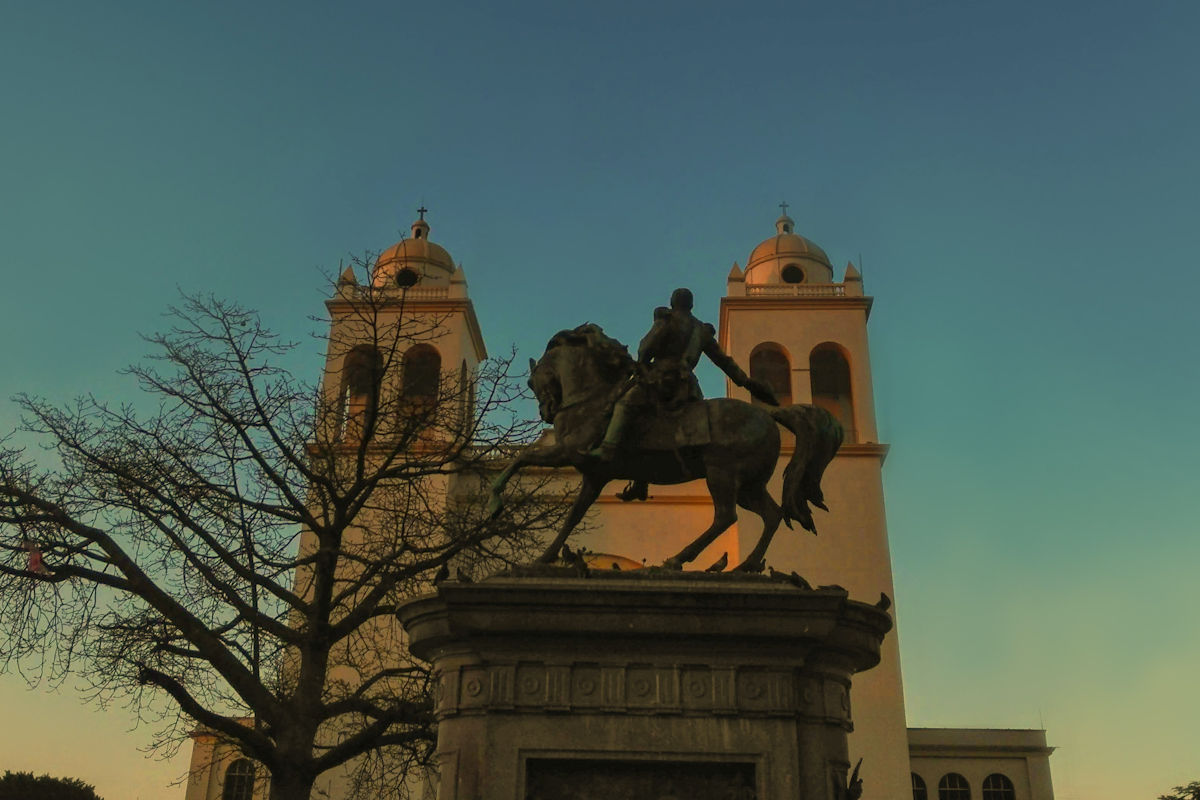
Under Spanish rule, King Charles I of Spain granted San Salvador the title of City in 1546. Finally, in 1821, the Act of Independence of the nation was signed.
Since it’s located on earthquake-sensitive land, it has had to rebuild on several occasions after disasters caused by earthquakes.
The coffee industry positively influenced the development of this City during the 19th century. Today, it is home to embassies, commercial and service companies, a vital hotel infrastructure, universities, and cultural and religious institutions.
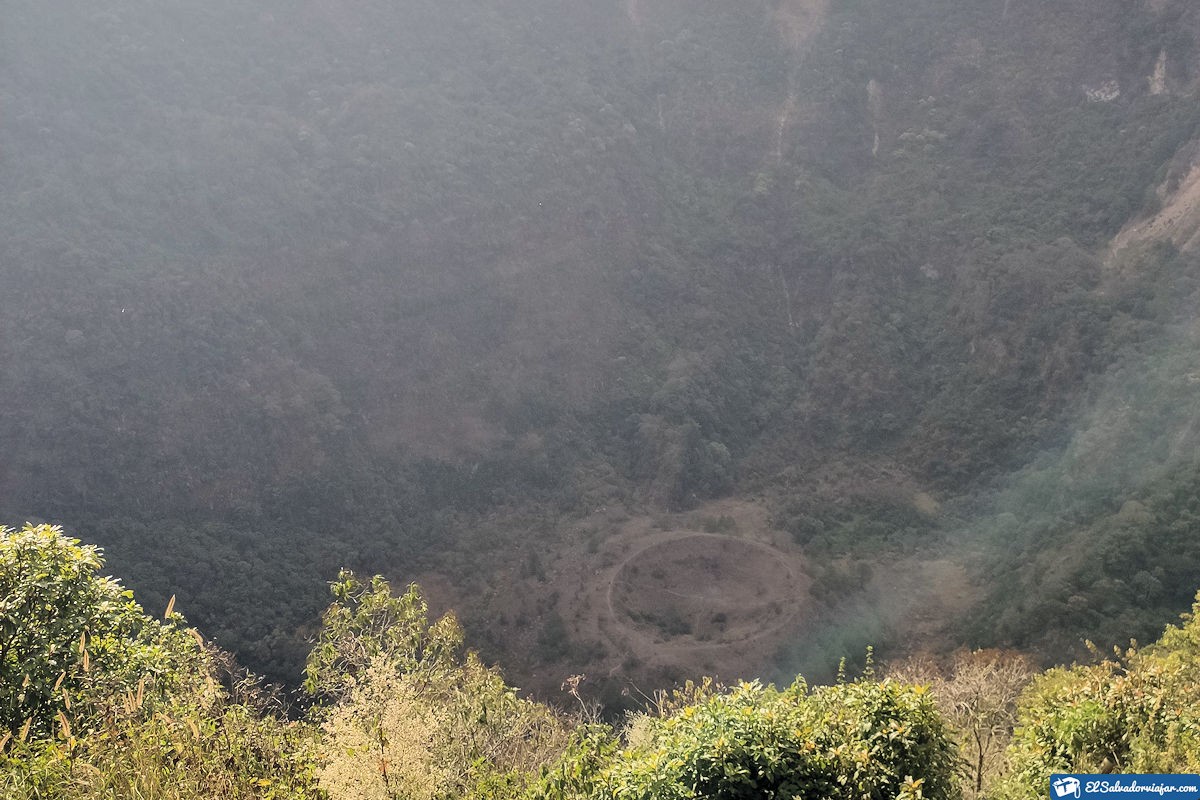
The San Salvador Volcano dominates the city with its 1960 meters high, while the Lohuapa and Acelhuate rivers border their limits.
In this brief tour of San Salvador, we have left some places, but do not forget that will be a completed to-do list for our next trip to this fantastic Salvadoran town.
